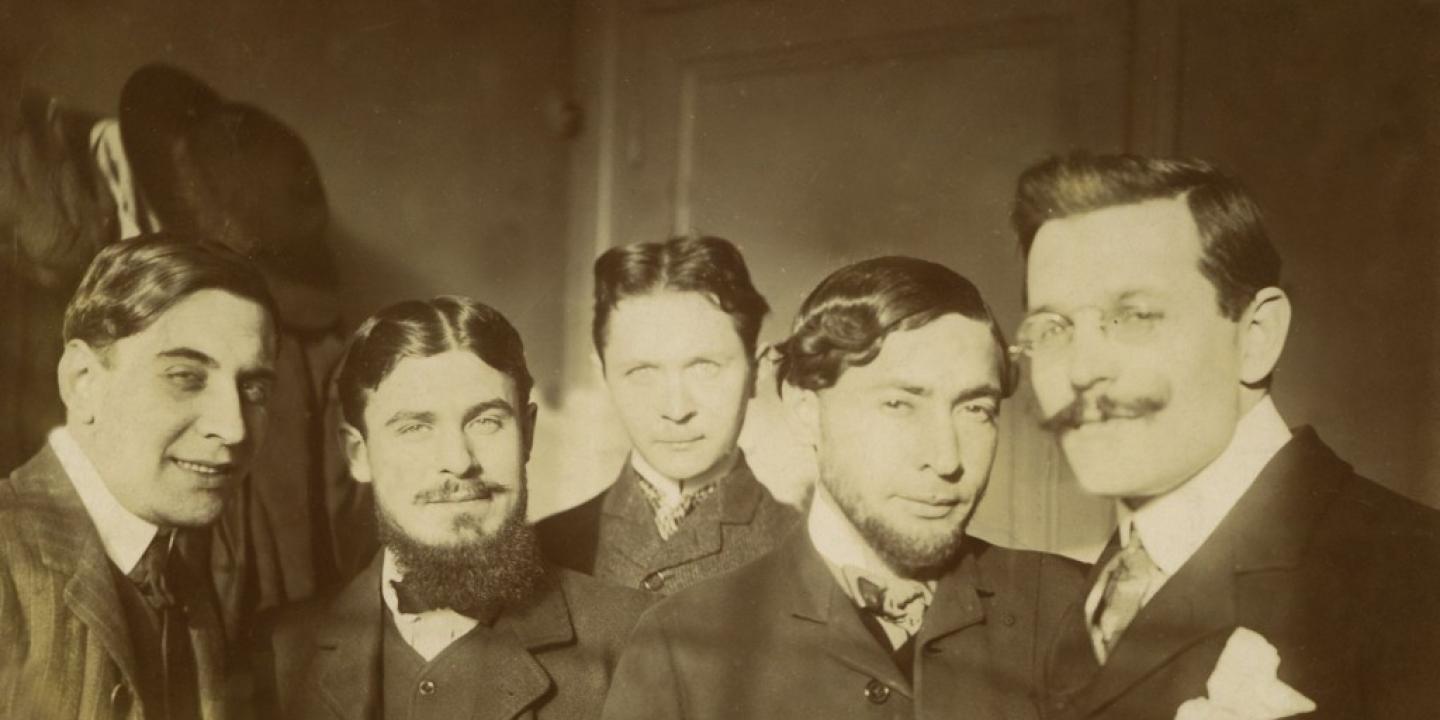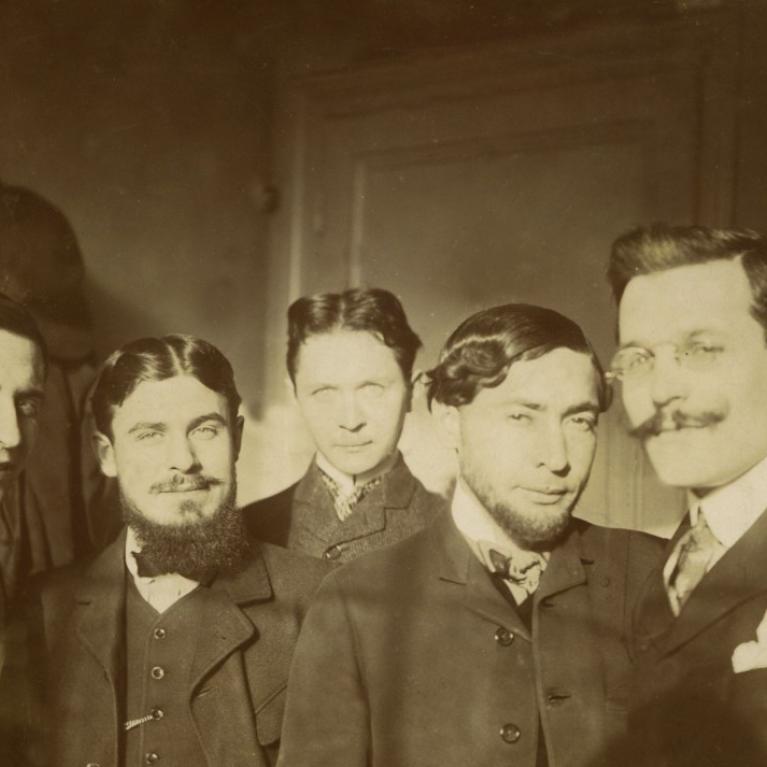“It seemed whole world too narrow...” Gustavs Šķilters’ Travels at the Beginning of the 20th Century
From 4 June to 29 August 2021, the exhibition ““It seemed whole world too narrow...”. Gustavs Šķilters’ Travels at the Beginning of the 20th Century” will be on display in the 4th Floor Exhibition Halls of the main building of the Latvian National Museum of Art in Riga (Jaņa Rozentāla laukums 1).
Ever since the first exhibitions of the Impressionists in the 1870s, Paris has been one of the most significant centres of the art world and the birthplace of many artistic styles and movements. When Gustavs Šķilters came to Paris on a grant from the Stieglitz School of Art at the beginning of the 20th century, the heat from the raging battles that surrounded the name and personality of the great French sculptor Auguste Rodin (François-Auguste-René Rodin, 1840–1917) was in the air. Setting off on his first journey through Germany to Paris, the young Latvian artist had already decided to find a way to Rodin, therefore he settled near the place where the ground floor of a two-storey wooden building on the Boulevard du Montparnasse housed Rodin’s “academy” – i.e., studio, which he joined. In the studio, large attention was devoted to drawing. During this period, Rodin himself was more engaged in drawing studies than ever before. On his initiative, one of the main exercises for the attendees was the study of the freely walking model in pencil and soft watercolour. Šķilters has produced many such compositions, depicting a model’s movement with the help of a paintbrush.
The Paris period was very creative and intense for the sculptor. Gustavs Šķilters exhibited his works in well-known Parisian art salons – in the Champ de Mars and Champs-Élysées. Taking advantage of the opportunity, the artist also travelled frequently, getting acquainted to the most important art centres in Western Europe. Šķilters was particularly interested in folk life and customs, therefore he often gladly travelled on foot and usually brought back a significant number of watercolours from his journeys. He devoted most of his attention to the genre of landscape, portraying nature, historical and cultural monuments, folk life and human types. During his travels, the artist not only made drawings, but also wrote accounts of the places he visited. Šķilters visited the regions of France and many European countries – Spain, Italy, the Netherlands, Switzerland, Germany, United Kingdom. He also travelled outside Europe – to Morocco (North Africa), as demonstrated by his correspondence with Catalan artist Oleguer Junyent (1876–1956). The collection of the Latvian National Museum of Art preserves around 40 of Gustavs Šķilters’ watercolours produced during his journeys.
Paris has always been a dream for young artists. At the beginning of the 20th century, it was home to artists of many different nationalities. Being sociable by nature, Gustavs Šķilters soon got to know and established friendships with young sculptors and painters of French, Spanish and Catalan as well as Greek, Russian and other nationalities. The exhibition includes the busts of the artist’s friends created during this period which are held in the museum’s collection – Greek artist Demetrios Galanis (1879–1966), French artist Bernard Naudin (1876–1946) and Spanish artist García (?).
The exhibition presents photographs, letters, postcards, which are accompanied by correspondence with one Gustavs Šķilters’ closest friends from this time, Catalan artist Oleguer Junyent, whom he got to know at the École des Beaux-Arts in Paris and with whom he visited several European countries. Russian Artists’ Society, which was a gathering place for artists that had come from Russia, was located near Šķilters’ studio. The young Latvian sculptor also visited them from time to time, since he knew some of the artists already from Saint Petersburg.
Having returned from Paris and residing in Saint Petersburg, Gustavs Šķilters travelled to the Scandinavian countries on several occasions. Thus, he came to the Far North and Lapland, where he got to know the life of the Lapps (today: Sámi). In Finland, Šķilters visited Janis Rozentāls (1866–1916), with whom he maintained a friendship, and stayed with Jāzeps Vītols (1863–1948) near Lake Perkjärvi. While travelling in Sweden and Norway, the artist visited the Baltic Exhibition in Malmö (1914).
About the artist
Gustavs Šķilters (1874–1954) is the first professional Latvian sculptor. The beginning of the master’s career coincided with the change of styles and movements in Western European art, when the academic tradition already seemed dated, while new ones were still emerging. Gustavs Šķilters’ talent found diverse expressions – not only in sculpture and applied arts, but also in watercolour painting, fine and miniature graphic art, showing him as an accomplished draughtsman. The artist also was engaged in literature, wrote stories, poetry, published articles about art. The sculptor can definitely be considered among the leading Latvian masters of Art Nouveau. He produced outstanding works of sculpture and applied arts, which today can be considered classic examples of Art Nouveau in Latvian art.
The project was implemented with the support of the State Culture Capital Foundation of Latvia (SCCF) within the programme Creation of Future Cultural Content in All Cultural Sectors in order to reduce the impact of Covid-19.
Exhibition curator:
Gunta Madlinska / Curator of Memorial Collections (T. Zaļkalns, G. Šķilters, J. Grosvalds) / Latvian National Museum of Art

